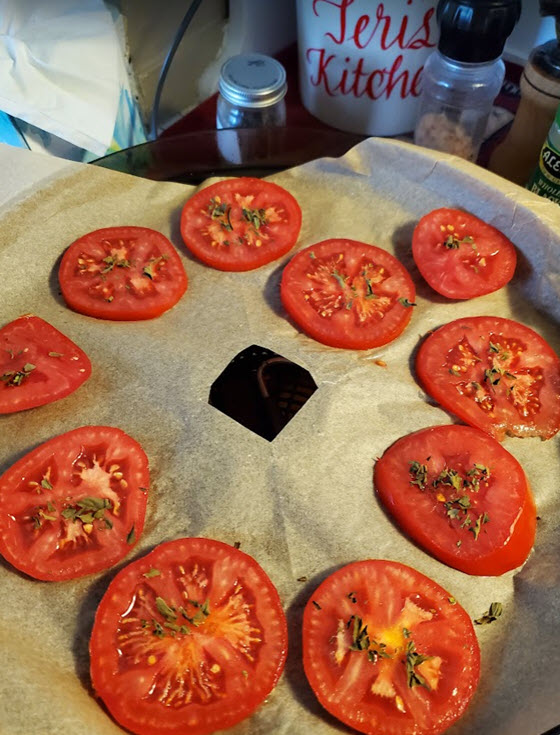Click below to listen to my 2 min. Garden Bite radio show/podcast: Handling too much harvest safely
This year MY harvests have not been impressive, however, my neighbor across the street has a HUGE supply of tomatoes, which I’ve benefitted from.


I’ve been the recipient of zucchini and fresh corn too. Which I’ve shared with other neighbors! I love my ‘hood.
You don’t want to lose that harvest. So what do you do to safely pick and preserve your bounty for future use?
When harvesting vegetables remember these tips:
- Be careful not to break, nick or bruise them. The less you handle your vegetables, the longer they’ll last in storage.
- Only harvest the best stuff!
- Rotting produce doesn’t keep for very long, and can spread disease to other stored vegetables.
- Different vegetables need different storage conditions.
- Temperature and humidity are the main storage factors to consider. Here are the 3 main types: Cool and dry, cold and dry and cold and moist. However, there are some conditions that are too moist and will promote rot, like in a closed plastic bag in your refrigerator!
- Basements are generally cool and dry but your vegetables will need some ventilation.
- Harvested vegetables aren’t dead and still require oxygen to maintain their high quality.
- Also watch for rodents! For the veggies and YOU!
Here is much more information from the University of MN Extension, written in 2020, that includes the different types of storage, which vegetables store best and for how long. It’s really pretty comprehensive.
My basement is more like a root cellar, cold and moist. Snap beans and beets are a couple of examples for a root cellar.
I’m off to dehydrate more tomatoes and share with friends…

